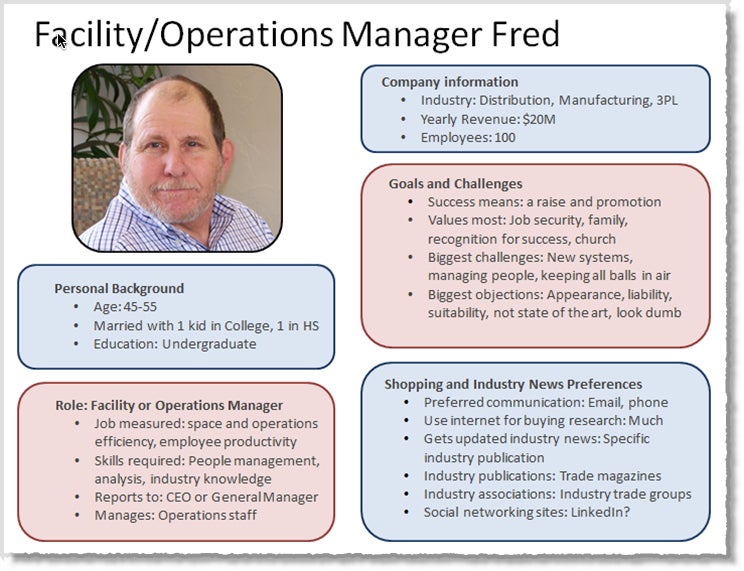
Is your content created for machines or humans?

Content marketing faces the constant tension between writing for search engines or crafting it for people. But there is also another challenge that comes from decades of formal marketing education and training.
Overcoming the blind spot that demographic data sometimes imposes on marketers that has been collated and sifted by computers.
Marketers and business for a long time have often distilled their typical customer down to a range of demographic data points.
If you really want to spell it out, according to Wikipedia “Demographics is the quantifiable statistics of a given population.” This means cold hard metrics and data such as gender, age, home ownership, employment and geographical location. This is data that marketers have used for decades to create and craft content, advertising and marketing messages.
These quantifiable statistics are a good start to understanding your target audience as a business or organisation but they are missing something:
A human face.
Why personas?
Personas have emerged in the past few years as a means to put a human face to the soulless and faceless stats of the demographic data scientist. The problem is that just considering a demographic profile misses that human element. So personas were invented to help the new breed of marketer understand the human side of the data.
Personas have problems, challenges and aspirations both as an individual and as an employee of a company.
Newspapers have understood this at a primal layer for a long time in what news they published on the front page. Editors and journalists have known for a long time that “If it bleeds it leads.” Fear sells newspapers.
Personas have personalities, they have fears, wants and passions. Demographics have ages, an assigned gender and even a college degree.
So it doesn’t matter whether you are a blogger, a brand or social media marketer, You need to make your content human.
Example of a persona
Personas can be very prescriptive or they can provide an overview of the type of person who is buying your product or service. Here is an example of a buyer persona used by Warehouse 1 (they are material handling equipment provider which supplies pallet racks and industrial shelving.

Source: Hubspot
Fred the facility manager is not just a demographic but someone who has goals and challenges. This buyer persona is putting that human face to the demographic of male, 45 and married with two children.
The persona doesn’t just describe age and gender but lists the possible aspirations (goals) and problems (challenges) that a Warehouse 1 customer would face everyday in his job.
To develop a persona requires asking some questions.
Questions you need to be asking
To develop a persona you need to be asking some questions about your typical buyer. Here are a few to get you started.
- What are their biggest problems and challenges in their job?
- Where do they get their information from? Blogs, trade magazines, books?
- What would stop them changing to your product or service?
- What conferences do they attend?
- How do they convince their boss to make a buying decision? Do they print off an ebook and put it on his desk?
- What media do they consume? YouTube videos, white papers, podcasts?
When you start to know the answers to some of these questions then your content creation will begin to be relevant and appropriate.
Personas and content marketing
Creating a persona is both an art and a science. Contagious and engaging content that touches hearts and minds is your goal as a content marketer. The content not only needs to answer the questions but also be on the media preference of choice.
That maybe a video, a blog post and on Slideshare…. or maybe all three.
If you can put your content creators in the buyers shoes then you are well on your way to content marketing success.
What about you?
Who is your typical buyer? Have you given them a name, made them human and discovered their goals and challenges?
Look forward to your insights and feedback in the comments below.
This article was originally published by Jeff Bullas
Published: March 7, 2014
2332 Views
2332 Views












